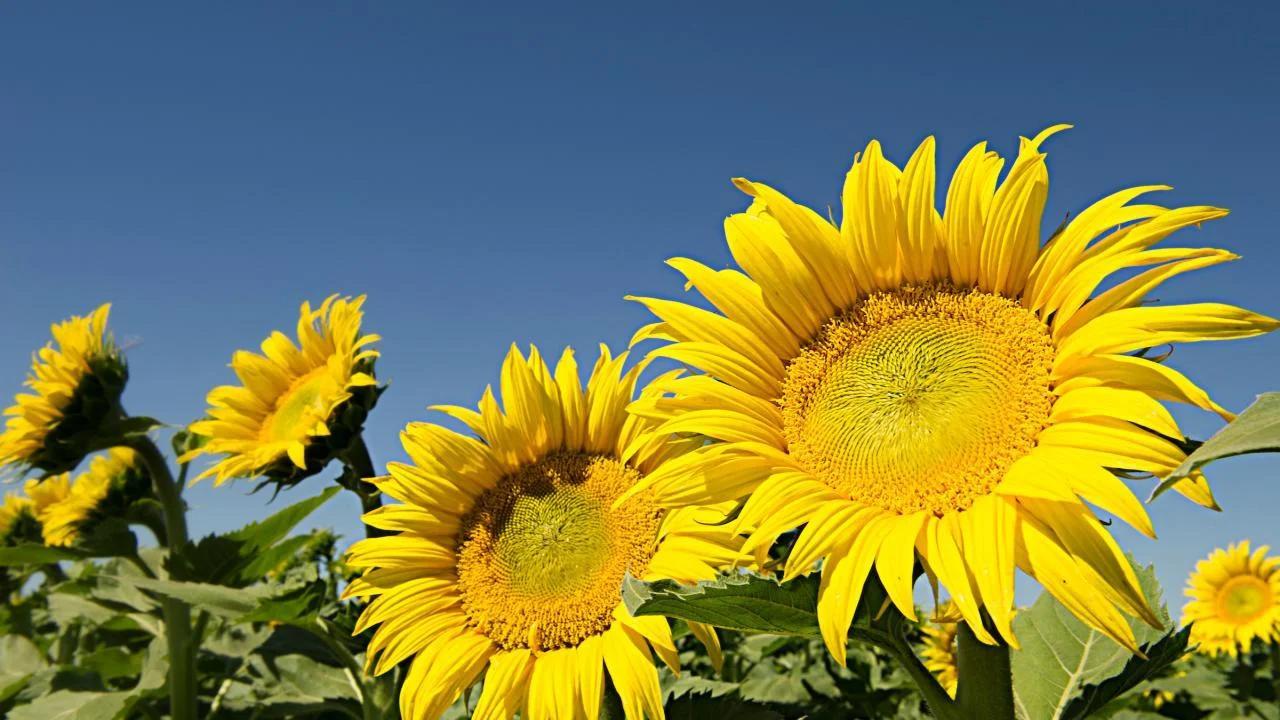
Circadian Clock Controls Sunflower Blooms, Optimizing for Pollinators
An internal circadian clock controls the distinctive concentric rings of flowering in sunflowers, maximizing visits from pollinators, a new study from plant biologists at the University of California, Davis, shows. The work was published Jan. 13 in eLife.
A sunflower head is made up of hundreds of tiny florets. Because of the way sunflowers grow, the youngest florets are in the center of the flower face and the most mature at the edges, forming a distinctive spiral pattern from the center to the edge.
Stacey Harmer, professor of plant biology, UC Davis College of Biological Sciences, and postdoctoral researcher Carine Marshall wanted to understand how the spiral pattern of florets turns into concentric rings of flowering. Harmer’s lab had previously established that circadian rhythms control how growing sunflowers track the sun during the day.
Read the full story here.
